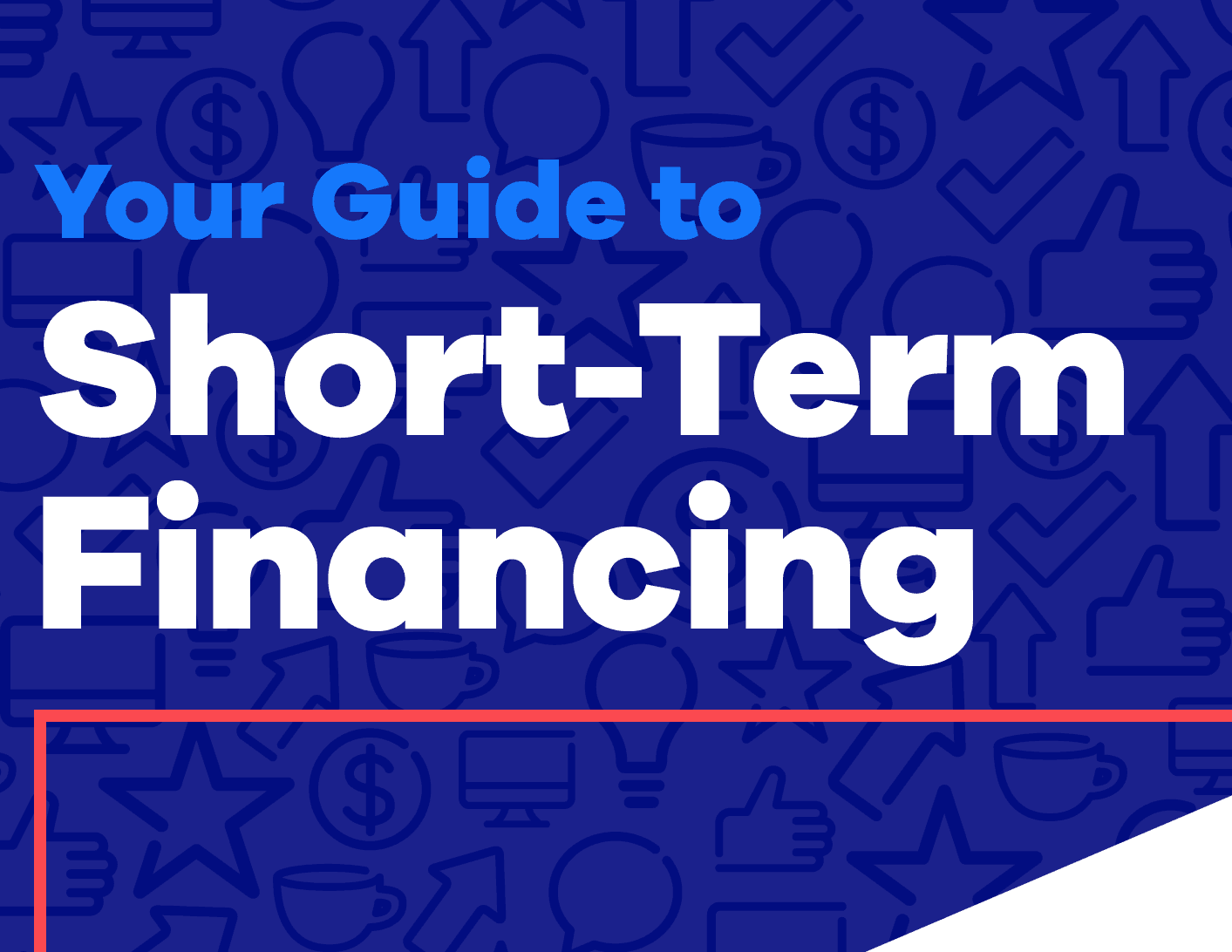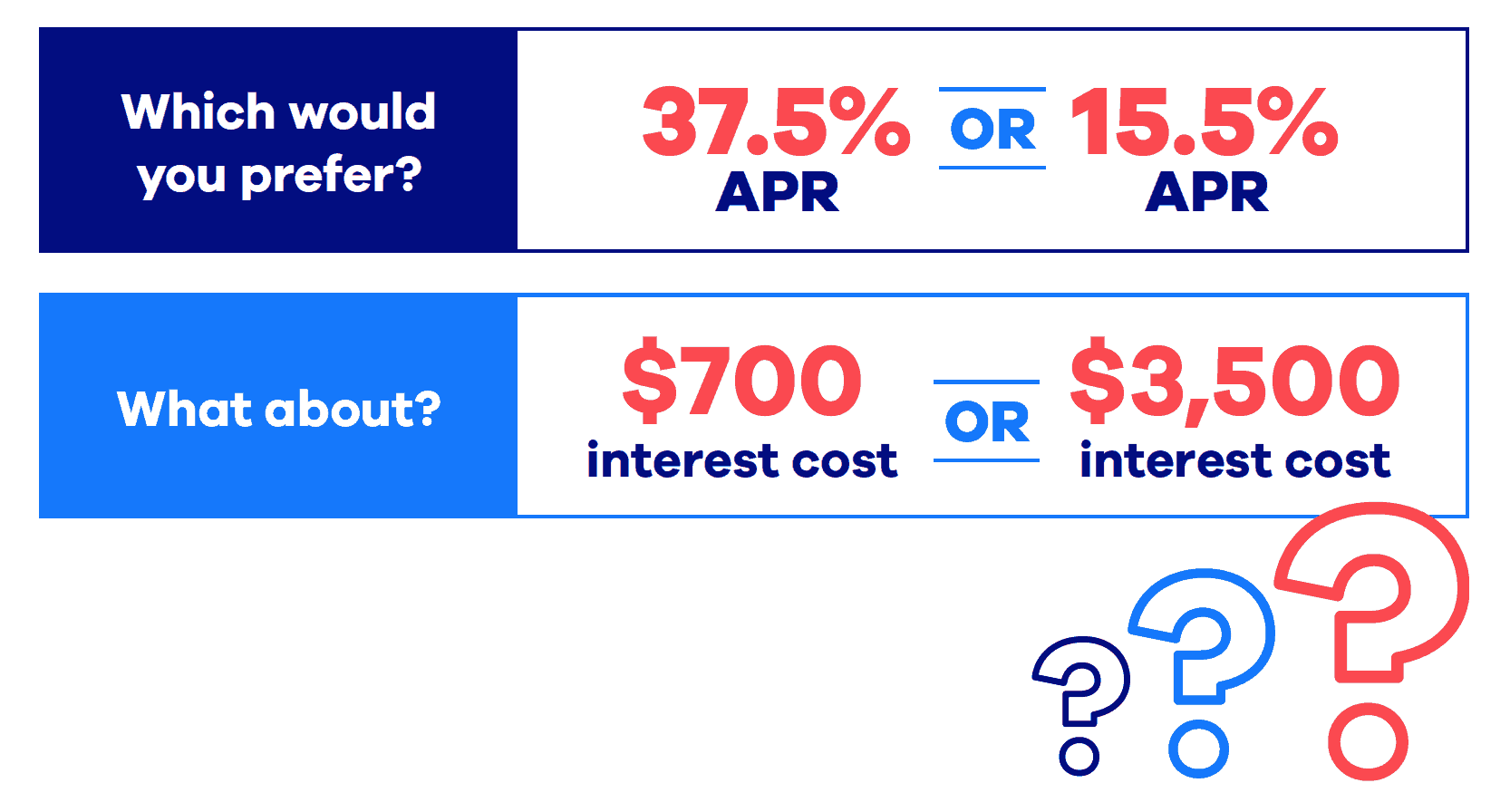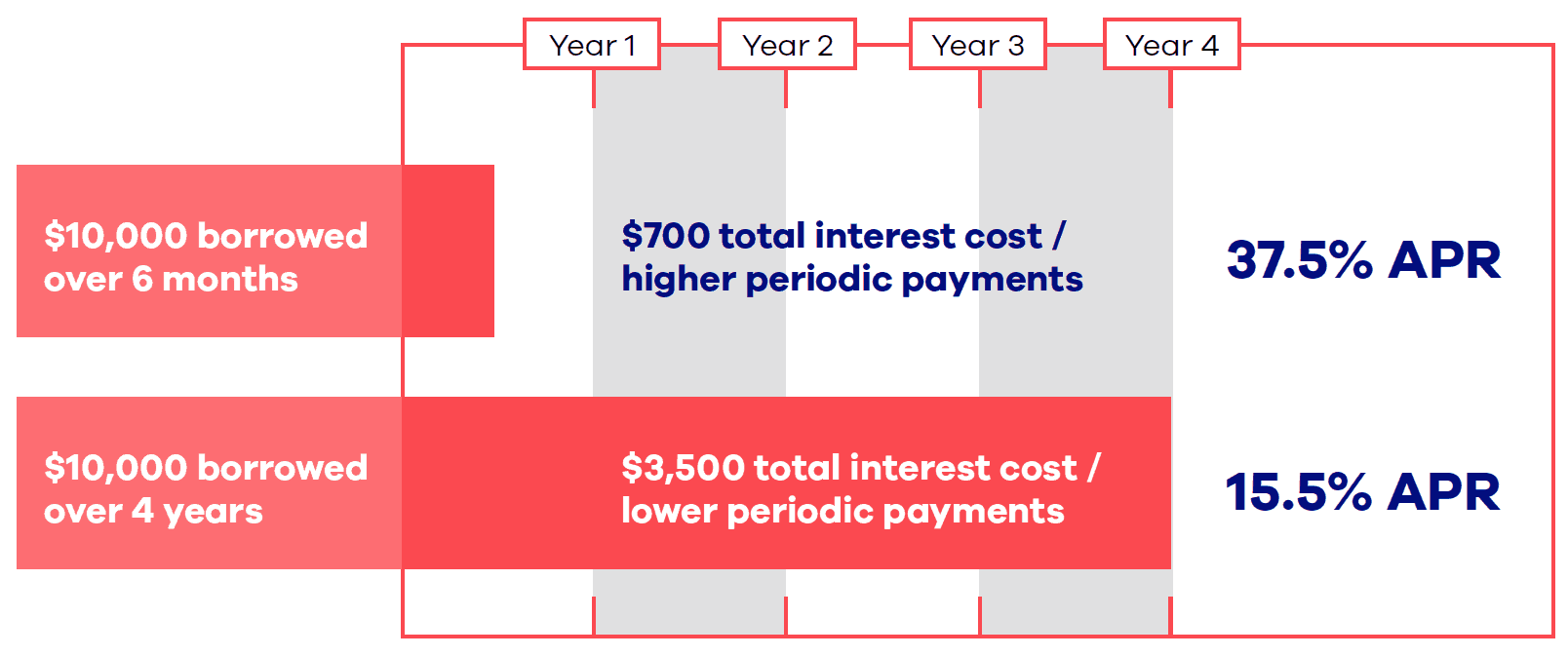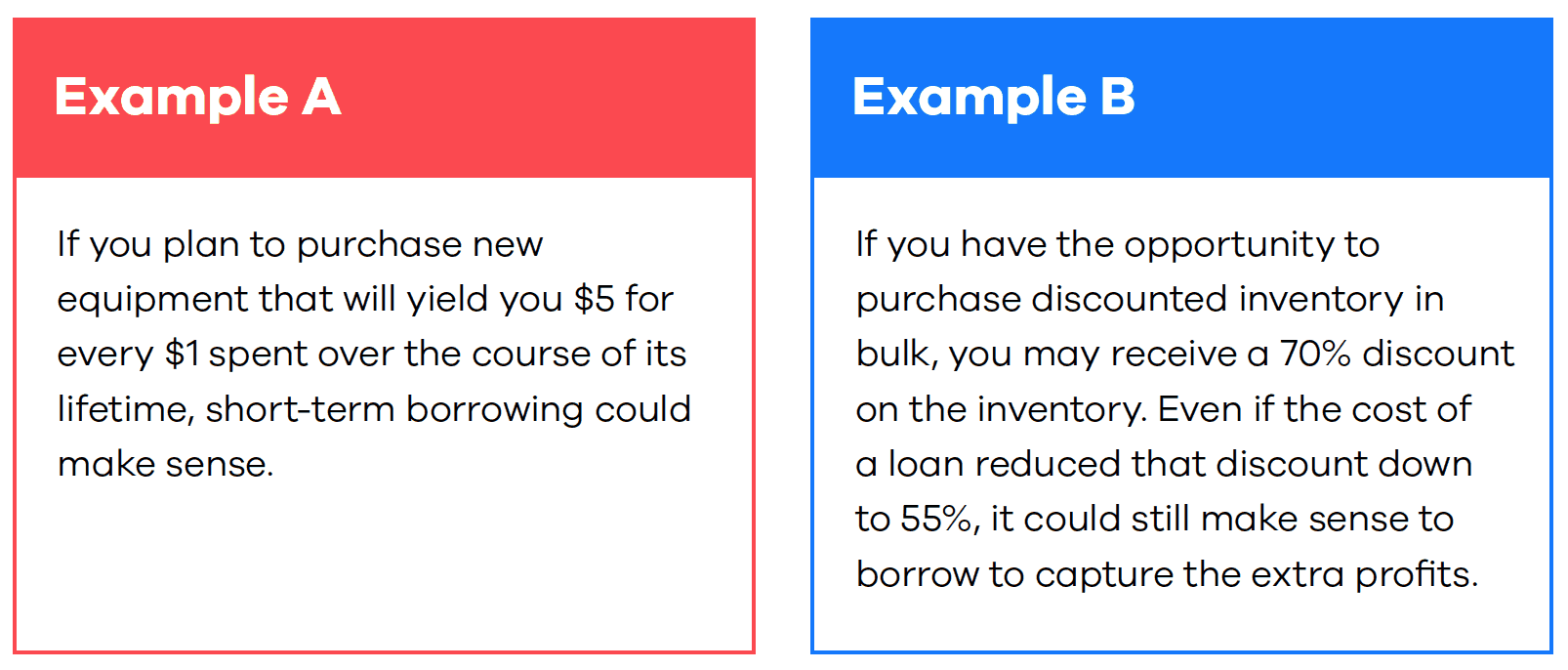Short-Term Financing – All You Need to Know

Short-Term business financing includes financing with terms less than 24 months.
Whether it’s a term loan or a line of credit, the best use case for short-term financing is for projects where the business need has a clear short-term ROI.
Traditional lenders, such as banks, do not typically offer short-term small business loans. Online lenders, like OnDeck, offer short-term loans and lines of credit to meet a variety of small business use cases. Some business owners, especially those with long-standing relationships with their banks, sometimes have questions about short-term loans.
Not in the mood to read? Watch a 6 minute video about this topic below:
What business needs are a good fit for short-term financing?
The first question you should ask yourself when you begin the process of securing financing for your business is: what is your business need? Your answer to this question will determine what type of financing and loan term is appropriate for your business. Do you need the funds quickly? Do you need the funds for a project that will capture additional ROI in a short period of time? Different types of financing are appropriate for different business needs.

Examples of business needs for short-term financing to fuel growth or increase ROI are: a physical expansion or renovation, hiring a new employee, buying inventory quickly, or purchasing equipment. These and similar initiatives can help your business growth long-term, and generally provide realized gains fairly quickly. The loan term should match the useful life of the asset just as you wouldn’t take a 30-year auto loan for your car, even if the payments were smaller.
What costs make sense? APR vs. Cents on the Dollar
Annual Percentage Rate (APR) is only one way to compare your financing options. APR represents the total interest cost, including fees, as an annualized rate which may appear higher than the actual overall cost of a short term loan. In many cases, the APR of a short-term loan can be much higher than the APR for a longer-term loan. But when you consider other factors, such as total cost of the loan and your business need, you can see a short-term loan could be a better fit for your business. As you see in the example below, the shorter-term loan has a higher APR, but a lower overall cost than the longer term loan with the lower APR.
Let’s run some numbers to illustrate the point.

It really depends on the term length of your financing:

Another metric to consider is the overlap between your periodic payments and the returns on your investment.
For example: If you are planning to use your loan to make an equipment purchase, then the equipment you buy might start generating
returns immediately. In that case, consider comparing your daily or weekly payment on the loan to the daily or weekly income your investment will generate. That difference represents your net gain from the investment in the short-run
Calculating ROI
Time Is Money: Traditional lenders, like banks, can take weeks to process your business loan application and for you to receive the funds. Short-term online lenders, often have an answer to your loan application in under an hour and funds in your account as quickly as the next business day. The Federal Reserve Bank of New York reports it takes the average small business owner 33 hours to apply for a loan at the bank.

Considering ROI When You Borrow
For short-term loans with a defined ROI target, APR might not be as important a metric as the total cost of the loan relative to the return on investment. Particularly when purchasing inventory or equipment, the total cost of financing might be a relevant number when calculating ROI. Considering the total cost of financing, in addition to APR, when calculating ROI can be a good way to determine if the financing being considered will help meet your ROI objective or become too expensive—even with a lower periodic payment or lower APR.
Calculating ROI – Let’s Make it Simple

Some business owners are concerned the with higher periodic payments often associated with a short-term loan. If your business has the cash flow to sustain the payments, the lower total dollar cost of capital can be cheaper, in the long run, with a short-term loan. Even if the long-term loan has a lower periodic payment or a lower APR.

EXAMPLE: How Can a Short-Term Loan Affect My Cash Flow?
A laundromat buys 10 new washing machines.
From the day they install the new machines, they generate $540 per day ($3 per cycle,180 cycles per day). If they bought the machines with a 6-month loan for $10,000 at 1.19 Cents on the Dollar (CoD), their daily payment would be $95/day. So, over the short-term, their net gain would be $540-$95 (minus the cost of the water and electricity to run the machines).

Once they’ve made all 126 payments they get to keep all $540 (minus utilities) for the remaining lifetime of the machines. That might be more appealing to some business owners than a loan with a longer payback, because they might be willing to pay more in the short-term in exchange for a greater ROI, faster.
57% of small businesses choose a shorter-term, higher-APR loan over a longer-term lower-APR loan in order to minimize total fees & expenses*
Choosing The Right Lender
When it’s time for you to make a decision on choosing a lender, there are some things you should consider. Here are some Questions you should be asking yourself.
What do I need the money for?
Knowing the business need the funding will help you with is the most important step in your search for financing. The answer to this question will help the lender get you the right offer, as well as help you make the best financing decision for your business.
How much money do I really need?
Know the actual amount of funds you need. There are costs associated with borrowing, so borrowing more than you really need can become very expensive. What’s more, not every lender will offer you the full amount you request, and if you have good credit, some lenders may offer you too much.
How quickly do I need the money?
Do you need the money tomorrow, this week, or next month? The time frame in which you need the funds can drastically cut or shape the options that work for your business.
What types of financing can I qualify for?
Your personal credit score, business credit profile, cash flow, time in business, annual revenue, and several other factors are all considered by lenders to determine the funds and terms you will qualify for. Know the minimum requirements for each lender before you put in an application. That way, you won’t waste your time applying with lenders that won’t work with your business.
Do I have all the information I need to make a decision?
The simplest way to know you’re getting the best financing for your business is to have all of the information beforehand. Do your research, so you spend your time applying with lenders who will lend to you and will meet your business needs.
This content is for educational and informational purposes only, and is not intended as financial, investment or legal advice.




